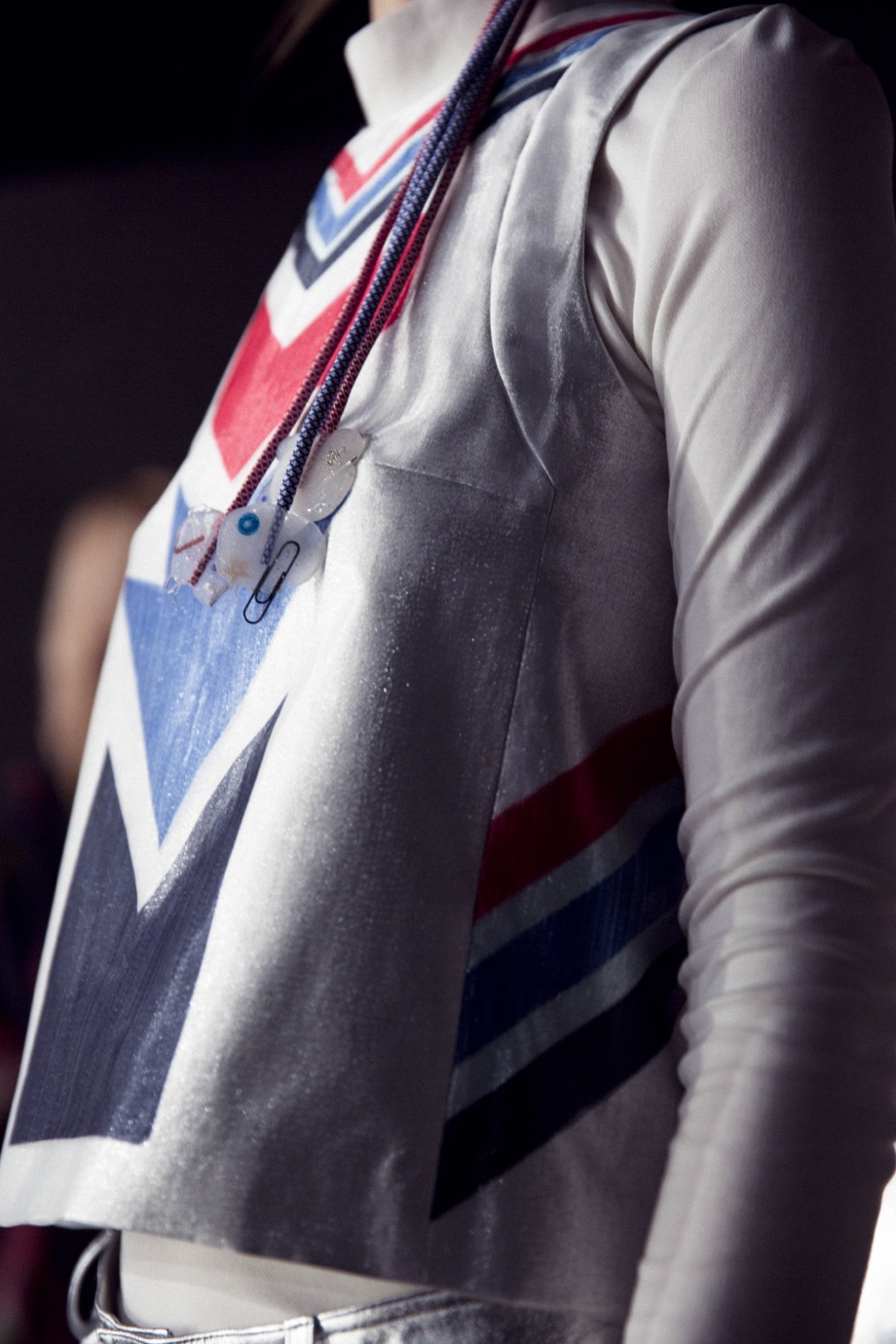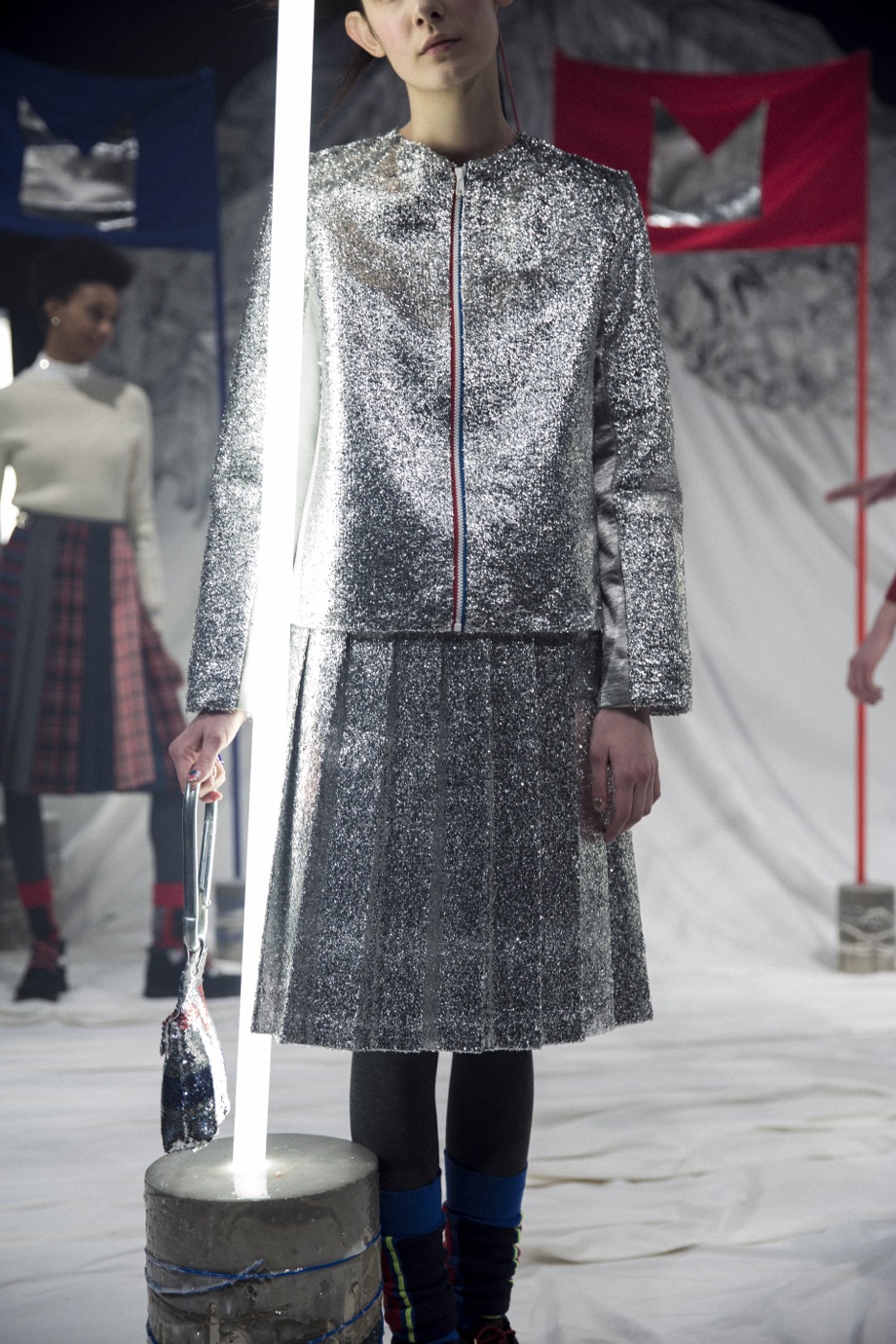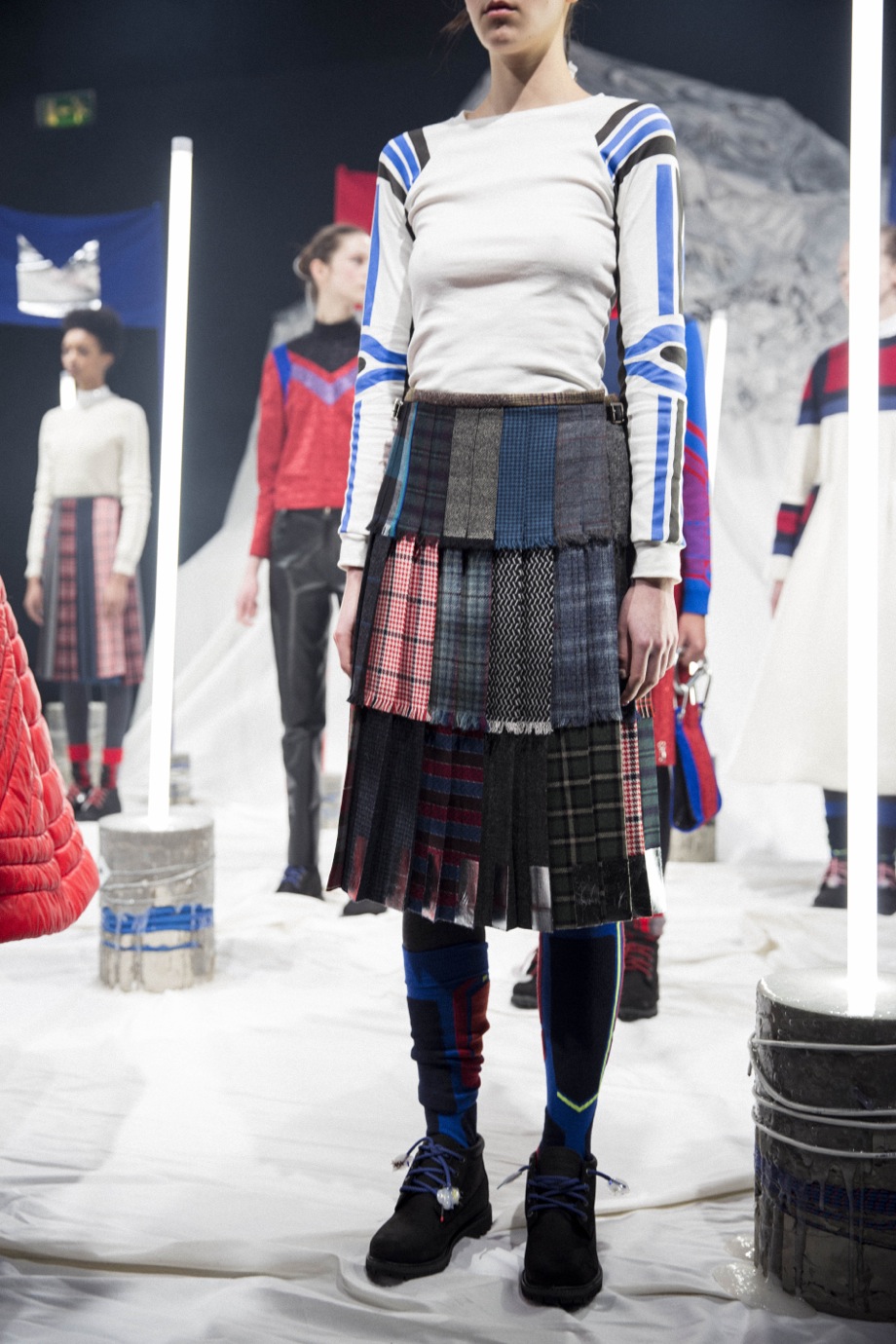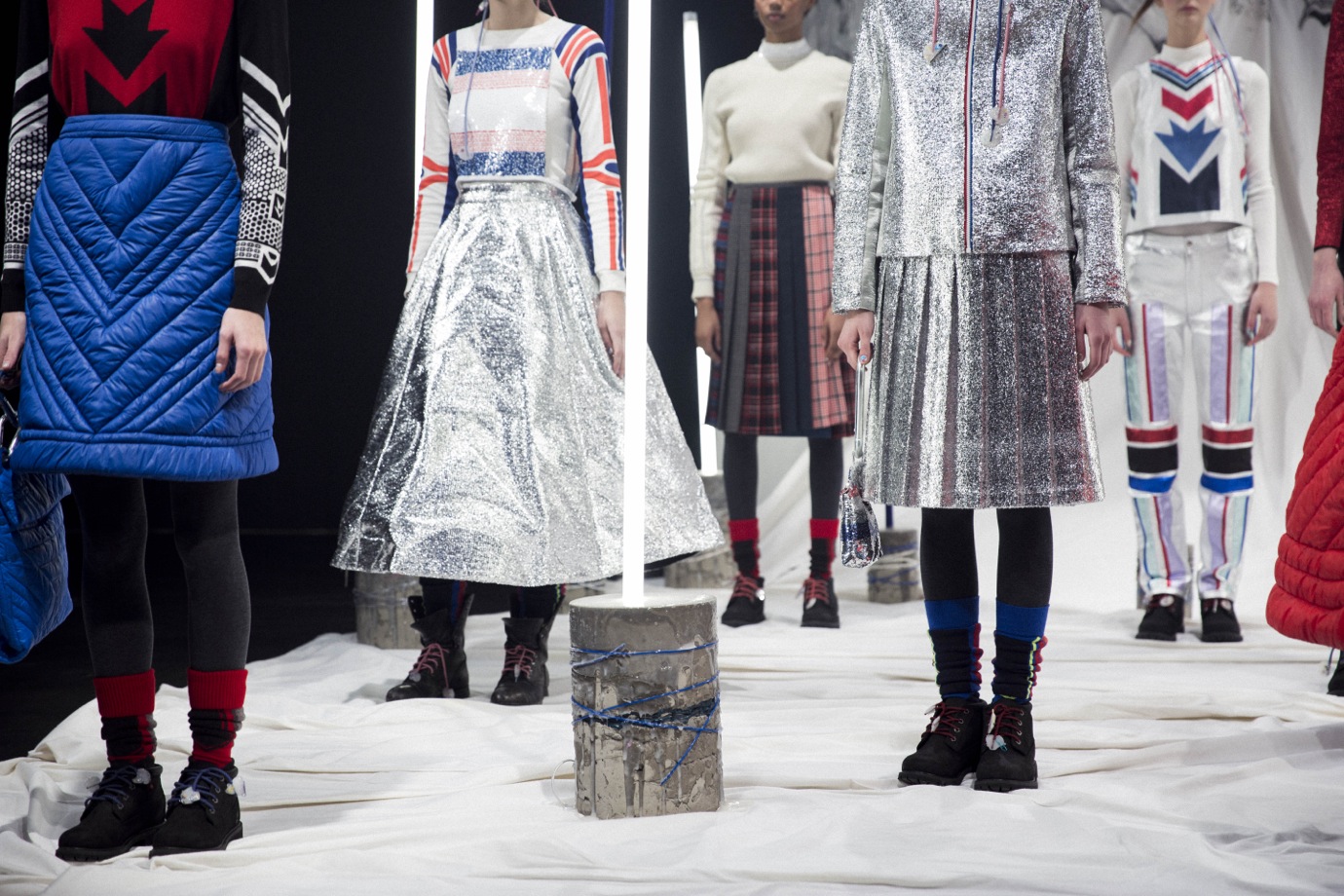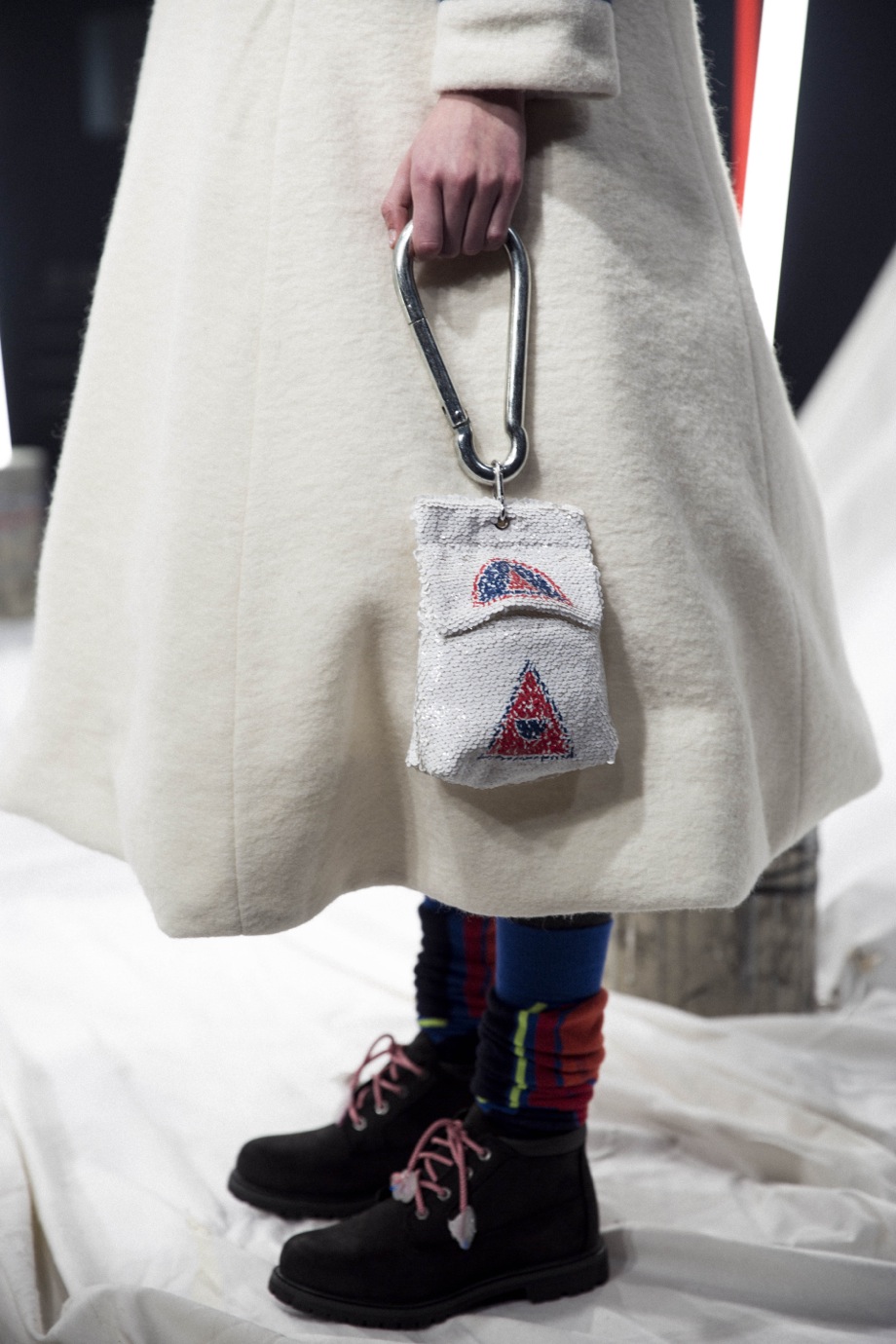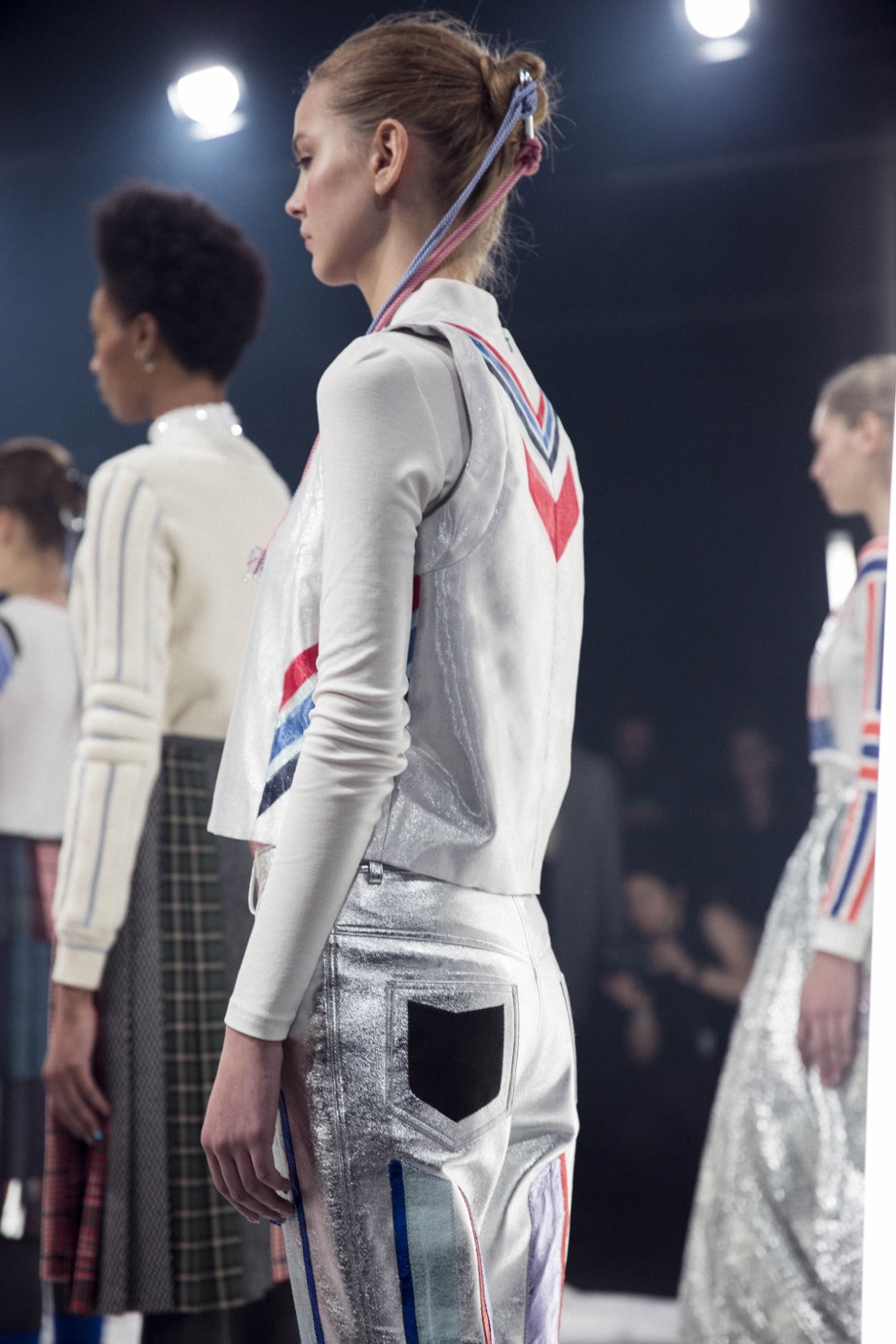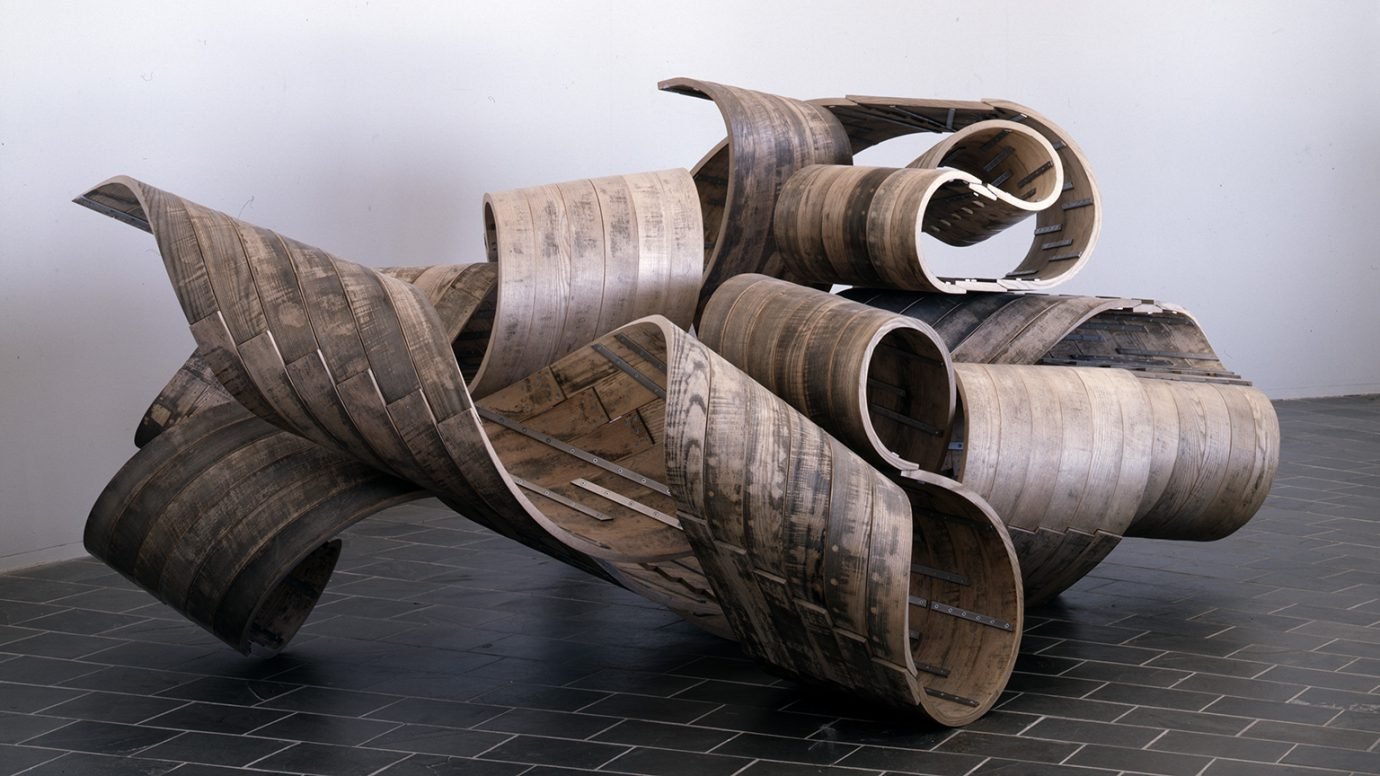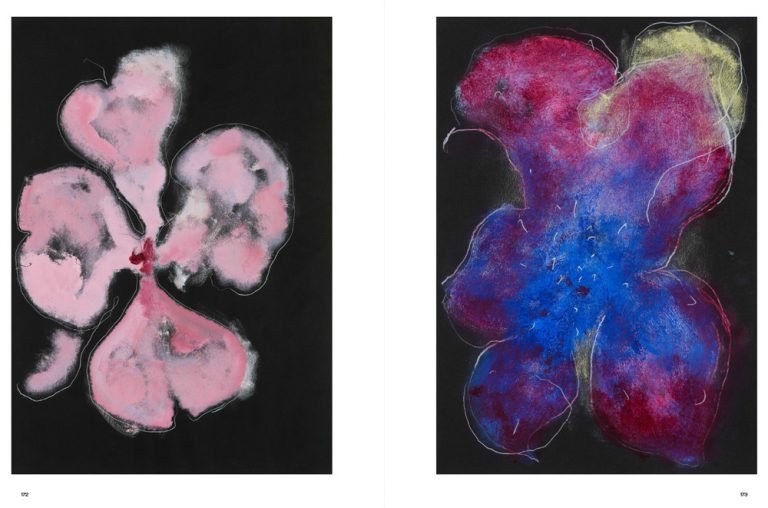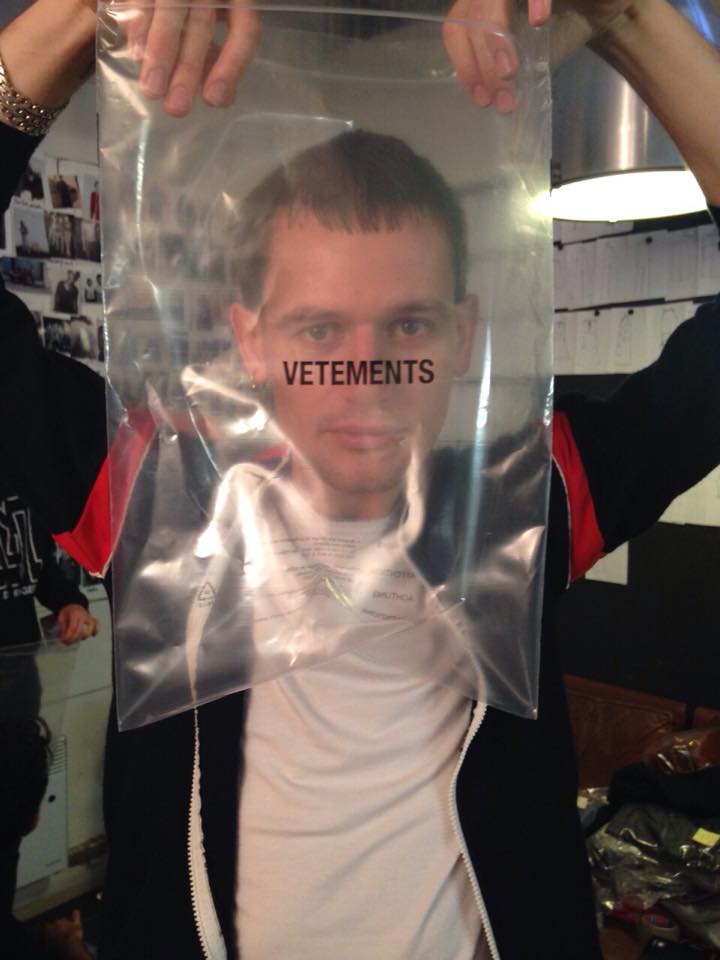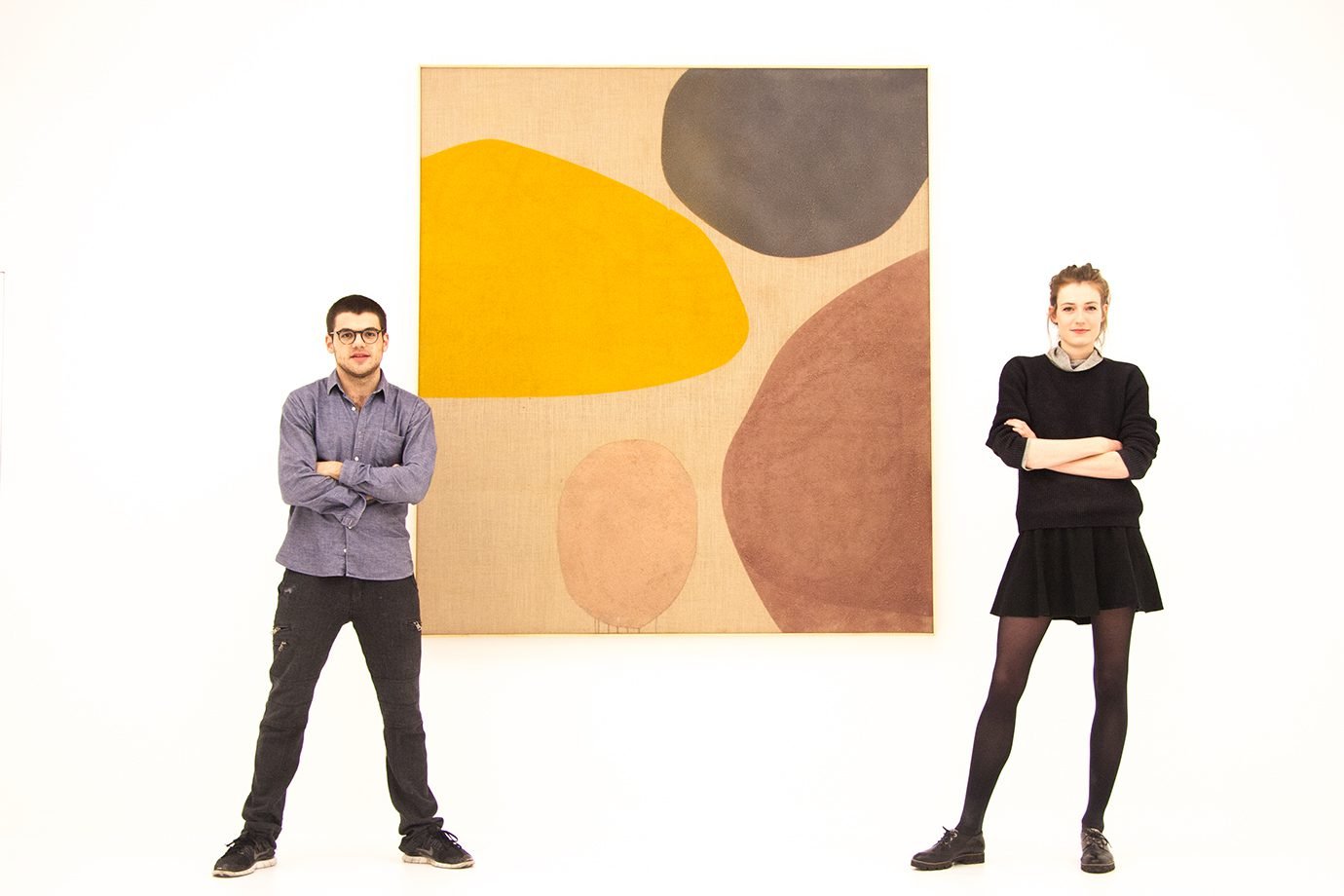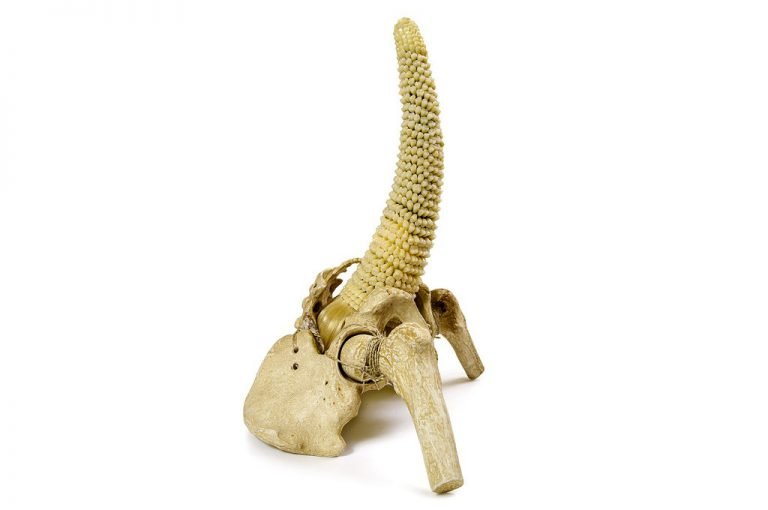“Do not mention that it is sci-fi,” is the first thing we were told by one of Williams’ interns as we began to observe the presentation. “Some people were saying to Sadie that they found it to be quite sci-fi, which it is completely not.” Duly noted. Instead, the stylistic direction of this season’s collection was initiated by the “old school ski imagery” that Williams took inspiration from, in particular, a series of old family photographs showing the designer’s parents on a skip trip during their youth. What struck Williams in particular, was the way her parents combined their own clothing against their ski uniform. As a result, Williams was triggered by the concept of re-working classical designs such as a polo neck and “giving it a more contemporary feel by adding sequins or lurex,” ultimately leading to a re-negotiation of the typically masculine silhouettes associated with sportswear. Again, the designer exercises her usual craft of skillfully assembling a melange of textures onto her garments. Many of the ensembles incorporate this practice of pairing a variety of textures, but the two pieces that stand out in this respect were the kilts which combined traditional tweed materials that are historically associated with its design, utilised and re-worked by Williams that gives it a new form. Williams had already began exploring this method during her time on the MA Fashion Textiles pathway at Central Saint Martins. “Often, you can start ideas which you then put away and revisit later on with a new approach,” she tells us. “It felt right this time to revisit these ideas, and I’d never thought about putting them into kilts before.”
Kickstarting all of London Fashion Week this season was Sadie Williams, whose presentation called ‘Off Piste’, is exactly where the designer transported her viewers to. The space comprised an army of models who stood obediently against a backdrop of arctic mountains, painted by artist Safia El Dabi. Paired with a “shivery soundscape of polar winds and sub-zero textures,” to create a fully immersive environment. Equally obedient was the crowd that morning, as we were systematically ushered into the show space at the ICA, all of whom proceeded to keep a distance as they spectated the show. It was not until one ‘heroic’ audience member decided to approach the perimeters of the set to capture a close-up that the audience members began to disperse around the space.
Marland Backus, an industrial designer turned model, was approached by Williams to collaborate in the production of the accessories in her collection. Backus was also responsible for the light fixings, set in circular blocks of concrete, laced with climbing rope which were positioned on set. Cutouts of silicone ‘icicles’ filled with glitter, paper clips and sparkly sequins suspended on climbing rope which served as hair accessories, while some others were amalgamated onto large safety pins as a detachable accessory — creating a girly touch.
Williams had previously collaborated with high street store & Other Stories in 2014, modeled off her MA collection. The process of collaborating with a high street store, in her experience, was in some sense less demanding than working on ones own label. “They were really good at trying to get my vision created. I didn’t feel I had to make too many compromises,” she says. “I was quite impressed with how I could make some very labour intensive or tricky textiles. So, that was actually a really good experience. Of course there are certain restrictions, and things had to get dropped because they wouldn’t be so commercially viable. But in a way it’s so much easier working on a collaboration, because you don’t have to juggle finances or think about the production side of things. Starting your own label is really tough, as a lot of time you’re not just designing or creating. Instead, you’re working on the logistics of things.” She then accredited the possibility of her collection with the support of NewGen, saying “I couldn’t do any of this without them. Even with NewGen it’s really hard, so it’s an amazing platform for sure.”
Notwithstanding her work being commercially viable, Williams is observably a craftswoman at heart. “I always like to have some pieces that are more of a show piece, or pieces that play with the textiles, because it’s kind of what I love most.” Following this, her success undoubtedly lies in her ability to blend a complex cohesion of styles and materials, all while maintaining its wearability.


